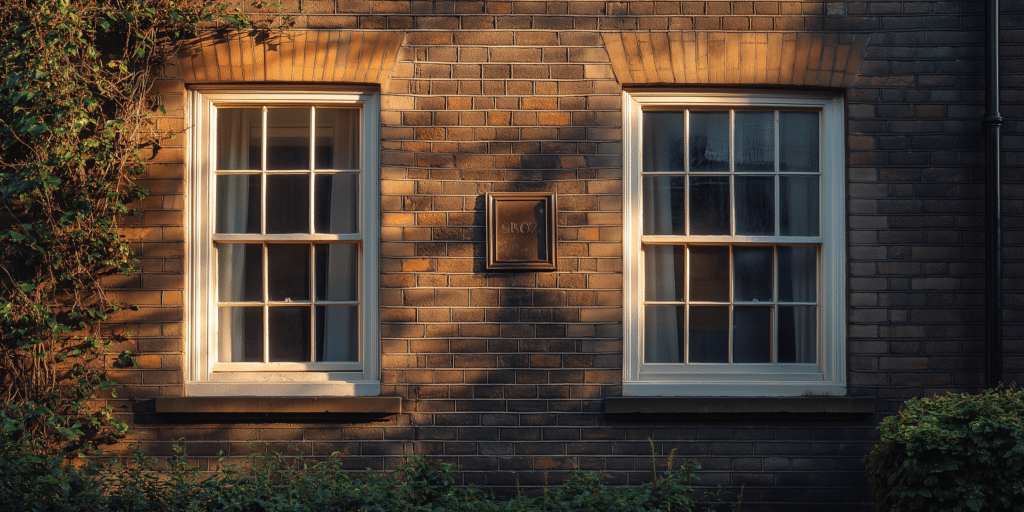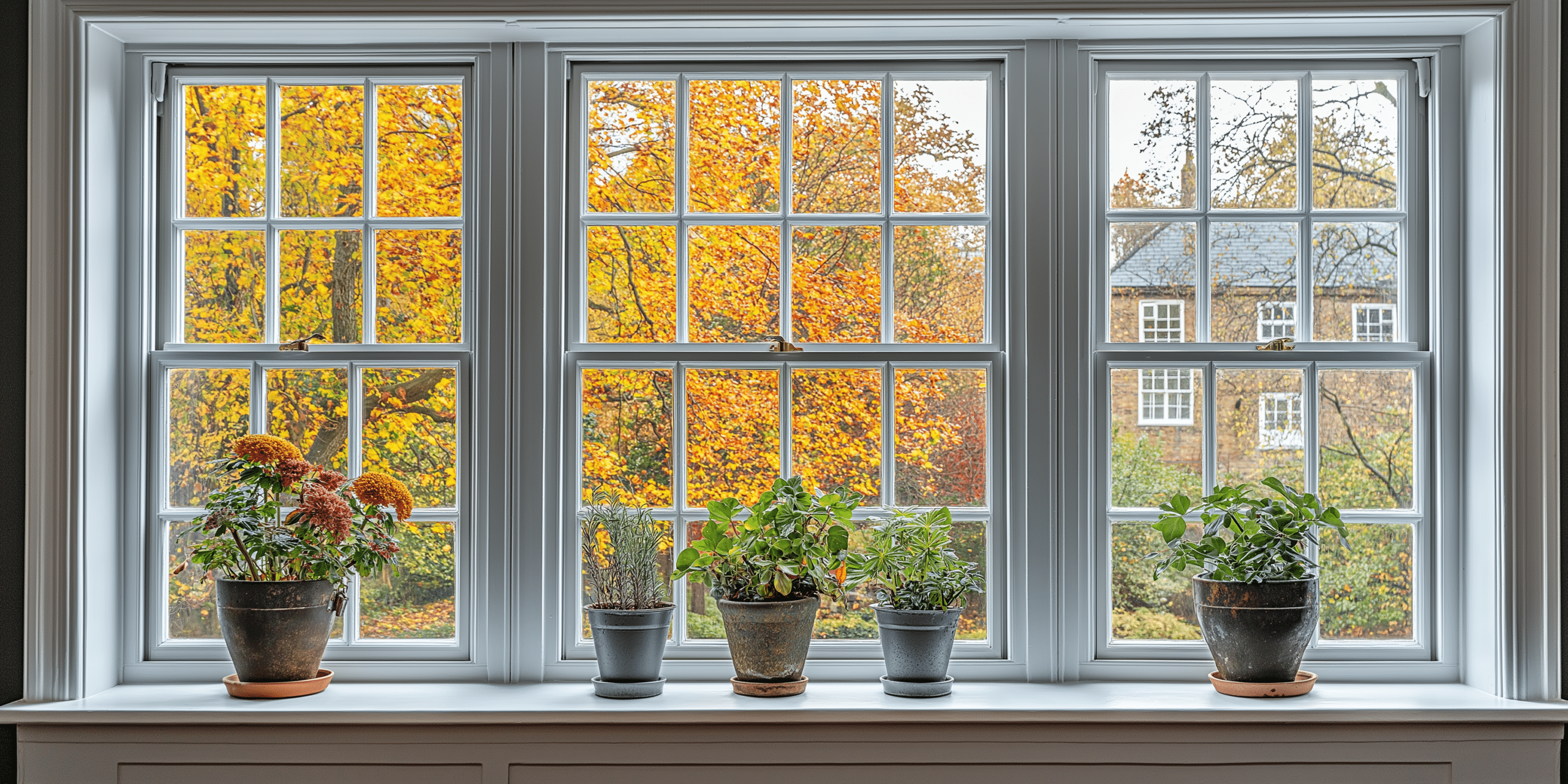What Is Sash Window Air Tightness Testing?

Sash window air tightness testing refers to a technical assessment used to determine how well your sash windows maintain a controlled indoor environment by limiting unwanted air leakage. This process typically involves measuring the air permeability around the window’s frame and sashes. Over time, due to wear and tear, weather exposure, or structural settling, sash windows may develop gaps and fissures that allow draughts to pass through. This affects indoor comfort and significantly impacts energy efficiency, leading to increased heating costs.
High-performance sash windows, especially those tested to EN12207 standards, ensure air tightness and longevity in all weather conditions, showcasing the importance of rigorous air-tightness evaluations for older and modern properties alike. Uncontrolled airflow can lead to inefficient heating, greater energy consumption, and higher utility bills. Air leakage can result in a 10% increase in heating costs.
Testing methods typically include blower doors measuring building air permeability and smoke pencils or thermal imaging cameras, which detect specific leakage points around the sash frames and glazing bars. Blower door tests create negative pressure in the home, drawing air through gaps to highlight problem areas visually.
Why Is Air Tightness Important for Sash Windows?
When sash windows are not properly sealed, your home can lose up to 20% of its heat through air leakage, especially in the colder months—this results in higher energy bills, increased noise penetration, and draughts that reduce overall indoor comfort.
The tolerance between the frame and the sash unit is key to maintaining airtightness in Georgian-style windows, where gaps can easily compromise energy efficiency. This highlights the balance between traditional aesthetics and modern energy performance.
Older windows, particularly those made of timber, tend to lose their airtightness over time due to the natural expansion and contraction of the wood. When modern draught-proofing methods are applied, restoring older sash windows can reduce air leakage by up to 80%, vastly improving energy performance.
How Do I Test the Air Tightness of My Sash Windows?
If you suspect that your sash windows suffer from air leaks, how do you test their air tightness? The most straightforward approach is a visual inspection for visible cracks or gaps. However, blower door tests, infrared thermography, and smoke pencil tests provide more accurate diagnostics. These tests identify air leakage points by creating negative pressure, which allows outside air to infiltrate through gaps in the window frame.
Industry experts recommend professional testing for a comprehensive assessment. While DIY methods like candles or smoke pencils can indicate major air leaks, they might not detect smaller gaps that cumulatively affect the window’s performance. Professional testing often costs between £200 and £500 but guarantees a thorough analysis of your sash windows’ performance.
Common Air Leakage Points in Sash Windows

Air can escape from several areas, including the meeting rails where the upper and lower sashes meet, around the perimeter of the window frame, and through gaps in the glazing putty. Over time, weather conditions and the natural movement of the building cause the seals around these areas to degrade, leading to cracks and gaps.
Improving the seal around the meeting rails and using modern weatherstripping materials significantly enhances airtightness.
Improving Air Tightness: Step-by-Step Guide
Start by conducting a thorough inspection to identify any apparent cracks or gaps. The perimeter of the frame and the meeting rails are often the primary sources of air leakage.
Experts emphasise the importance of selecting the right materials for the job, including high-quality foam tape, rubber seals, and silicone-based caulking, depending on the size and type of sash window. Using secondary glazing can further enhance airtightness, offering an additional thermal barrier.
Maintaining Air Tightness in Sash Windows Over Time
Regular maintenance is key to preserving the airtightness of your sash windows. This involves checking for gaps or wear around the frame and sashes, cleaning the window tracks, and replacing weatherstripping as needed.
It’s recommended to inspect your windows at least twice a year—before winter and again before summer. Periodic inspections help you catch problems early, such as gaps or worn weatherstripping before they lead to bigger air leakage issues.
Final Thoughts: Maximising the Benefits of Sash Window Air Tightness

Ensuring that your sash windows are properly sealed offers multiple benefits, from reducing energy bills to increasing indoor comfort. According to studies, well-maintained sash windows can lower heating costs by up to 15% annually, especially in older properties.
It improves your property’s energy efficiency rating and extends the lifespan of your windows by preventing issues such as rot and moisture damage.




